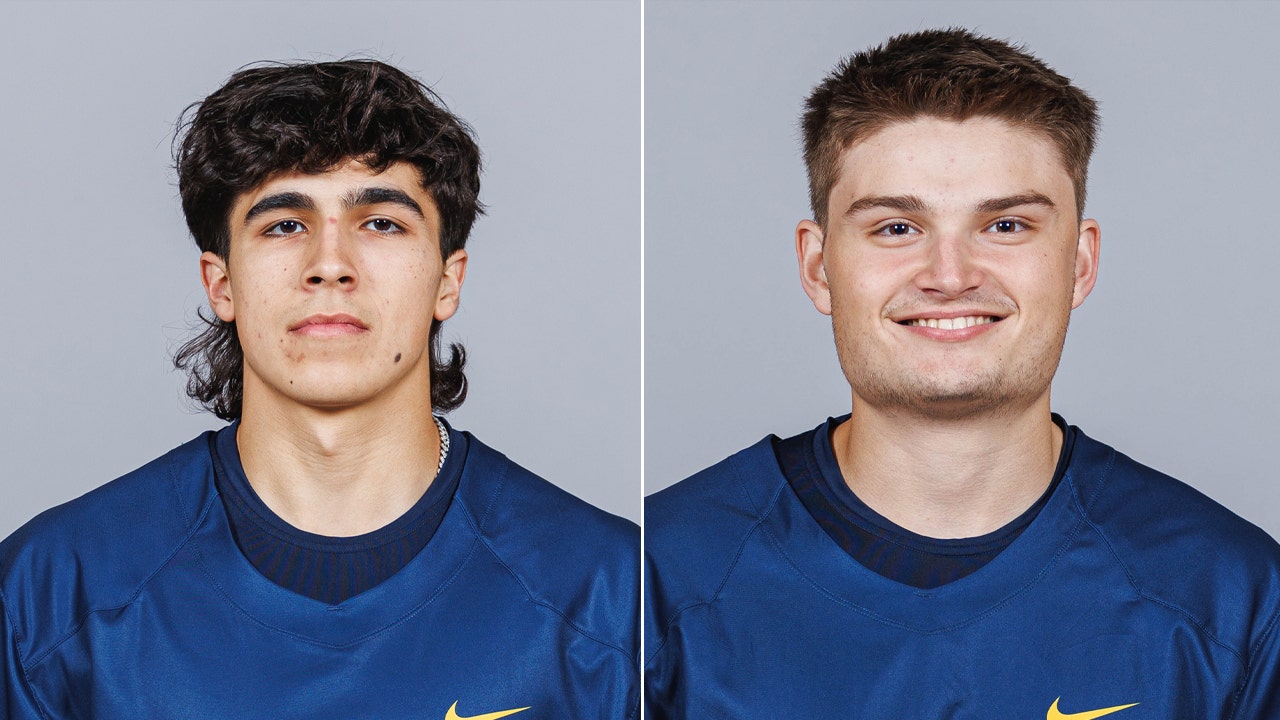Mike Tyson: What are the neurological concerns for the boxer

Mike Tyson, the legendary heavyweight boxer, is set to make a comeback in the ring at the age of 58. Known for his devastating power and ferocious fighting style, Tyson made his professional debut in 1985, forcing his opponent to withdraw in just under two minutes. Now, after nearly two decades since his last professional fight, Tyson will face off against YouTuber Jake Paul in a highly anticipated bout at AT&T Stadium.
However, with age comes concerns about the potential risks of returning to the ring. Dr. Nitin K Sethi, a neurology expert, warns of the dangers of continued head trauma in boxing, particularly for older fighters. The cumulative effect of repeated blows to the head can lead to long-term neurological issues such as chronic traumatic encephalopathy (CTE) and Parkinsonian signs.
Despite the risks, Tyson remains determined to step back into the ring and showcase his skills once again. The Texas Department of Licensing and Regulation has set strict guidelines for the fight, including mandatory medical tests for fighters over the age of 36.
As the sport of boxing continues to face scrutiny for its potential health risks, Dr. Sethi emphasizes the importance of protecting fighters and preventing long-term damage. While some call for the banning of boxing altogether, the sport remains popular for its entertainment value and the passion of its athletes.
Tyson’s return to the ring is a testament to his enduring legacy in the sport, but it also raises important questions about the impact of boxing on the brain. As he prepares to face off against Jake Paul, Tyson’s decision to continue fighting serves as a reminder of the physical and mental toll that boxing can take on its participants.




